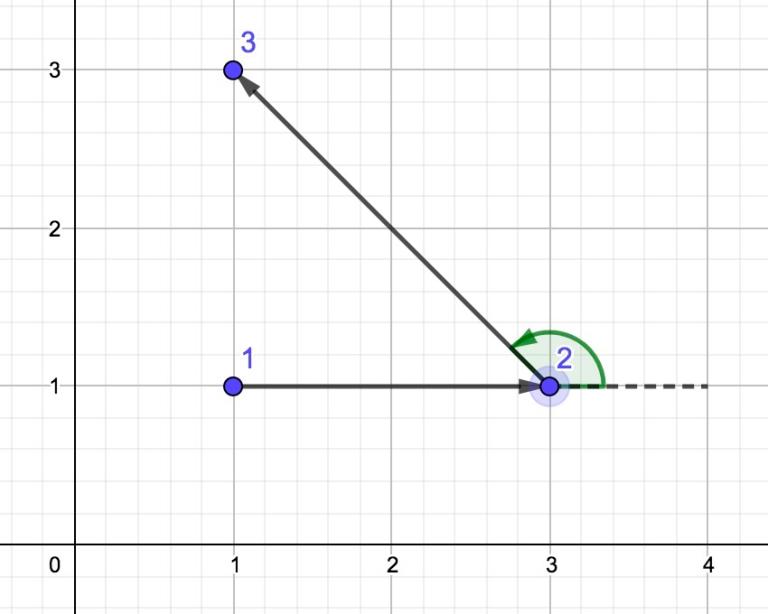Codeforces 1159
1159 B
题意
给你一个序列 \(a(a_i\le 10^9)\) ,长度 \(n\le 10^5\) ,求 \(\text{floor}(\min(\frac{\min(a_i,a_j)}{|i-j|}))\)
Examples
input
4
6 4 5 5
output
1
input
3
0 1 2
output
0
input
4
821 500 479 717
output
239
解
对于每个固定的 \(a_i\) ,我们要么把它和 \(a_1\) 搭配,要么和 \(a_n\) 搭配,这样答案才能最小。
Code
#include<bits/stdc++.h>
using namespace std;
const int maxn=300003;
int n,a,ans=INF;
int main(){
scanf("%d",&n);
for(int i=1;i<=n;i++){
scanf("%d",&a);
ans=min(ans,a/max(i-1,n-i));
}
printf("%d\n",ans);
return 0;
}
1159 C
题意
\(n\) 个男孩给 \(m\) 个女孩分糖果,设第 \(i\) 个男孩给第 \(j\) 个女孩 \(a_{i,j}\) 个糖果,你会得到两个数组 \(b,g\) , \(b_i=\min_j(a_{i,j}),g_j=\max_i(a_{i,j})\) ,问可能的最少的男孩给女孩的糖果数总和是多少。
Examples
inputCopy
3 2
1 2 1
3 4
output
12
input
2 2
0 1
1 0
output
-1
input
2 3
1 0
1 1 2
output
4
解
思路全在代码里
Code
#include<bits/stdc++.h>
using namespace std;
const int maxn=100003,INF=1050000000;
int n,m;
long long a[maxn],b[maxn],suma,sumb,mxa=-INF,semxa=-INF,mib=INF;
int main(){
scanf("%d%d",&n,&m);
for(int i=1;i<=n;i++){
scanf("%lld",a+i),suma+=a[i];
if(a[i]>=mxa)semxa=mxa,mxa=a[i];
else if(a[i]>=semxa)semxa=a[i];
}
for(int i=1;i<=m;i++)scanf("%lld",b+i),sumb+=b[i],mib=min(mib,b[i]);
if(mxa>mib){puts("-1");return 0;}
printf("%lld\n",suma*m+sumb-mxa*m+(mxa==mib?0:mxa-semxa));
return 0;
}
1159 D
题意
给你两个数 \(n,k(n\% 2=k\% 2)\) ,构造一个01串,长度为 \(n\) ,使得最短的只出现一次的子串长度为 \(k\) 。
解
乱搞。先 \((n-k)/2\) 个1,然后1个0,如此往复。
1159 E
题意
你有一个长度为 \(n\) 的数组 \(next[]\) , \(next[i]\) 表示满足条件的最小的 \(j\) ,使得 \(i<j\) 且 \(p_i<p_j\) 。现在你要构造一个长度为 \(n\) 的排列 \(p\) 使得 \(next[]\) 合法。不存在输出 \(-1\) 。多组数据。 \((\sum n\le 5*10^5)\)
Example
input
6
3
2 3 4
2
3 3
3
-1 -1 -1
3
3 4 -1
1
2
4
4 -1 4 5
output
1 2 3
2 1
2 1 3
-1
1
3 2 1 4
解
对于每个 \(i\) 连边 \((next[i],i)\) 。(要多加一个编号为 \(n+1\) 的点)
如果加入边 \((i,i+1)\) 后原图存在拓扑序,那么连边。
最后对这个有向图拓扑排序。
1159 F
题意
平面上有 \(n\) 个点,现在你要从某一个点依次经过所有点(每个点必须恰好经过一次),拐弯的顺序满足输入中给定的字符串。
Examples
input
3
1 1
3 1
1 3
L
output
1 2 3
input
6
1 0
0 1
0 2
-1 0
-1 -1
2 1
RLLR
output
6 1 3 4 2 5
Hint


解
首先对所有点按坐标排序,然后贪心选取。



